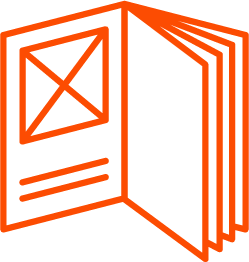The arrival of spring marks the beginning of the fertilizer delivery season, which plays an important role in agriculture and ensures crop yields. The demand for rail transportation of fertilizers from Uzbekistan and Kazakhstan to Europe is constantly growing, in line with the needs of agricultural stakeholders.
Rail offers several key advantages for transporting fertilizers, including predictable delivery times and optimal costs for large volumes. Rail wagons typically have a carrying capacity of 66 to 68 tons.
The data of the logistics company AsstrA confirm the growth of the transport of fertilizers by rail. In the last period, more than 300 wagons were dispatched from plants in Kazakhstan. Selitra and Ammophos are the most popular types of fertilizers transported by the AsstrA team from Kazakhstan to Europe.
The most exported fertilizers from Uzbekistan include urea, saltpeter, soda, NPK and potash fertilizers.
Popular destinations for rail shipments of fertilizers include routes from Kazakhstan to Latvia, Lithuania, and Poland. Shipments from Uzbekistan handle significant volumes to Poti, Georgia and Baltic ports, where fertilizers are transshipped to seagoing vessels for further delivery.
AsstrA offers a full range of services for rail transportation of fertilizers, including delivery to the station, provision of wagons, and payment of tariffs for the entire rail journey.
Dmitry Gerber, Head of CIS Rail Transport, comments: “Rail transport is a reliable and efficient way to transport fertilizers from Kazakhstan and Uzbekistan to Europe. We are constantly improving our logistics solutions to ensure efficient and reliable fertilizer transportation, meeting the highest quality and safety standards.”
Contact AsstrA experts to calculate the cost of rail transportation at rail.cis@asstra.com
Author: Malika Arzueva.















































































